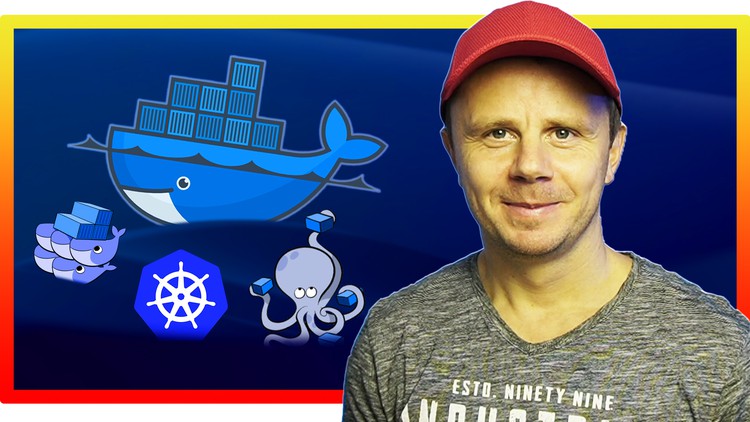در حال حاضر محصولی در سبد خرید شما وجود ندارد.

Complete Docker and Kubernetes Course - learn all core Docker features including Dockerfiles and Docker Compose
در این روش نیاز به افزودن محصول به سبد خرید و تکمیل اطلاعات نیست و شما پس از وارد کردن ایمیل خود و طی کردن مراحل پرداخت لینک های دریافت محصولات را در ایمیل خود دریافت خواهید کرد.


کورس یادگیری کامل PowerPoint

جنگ در دنیای مدرن

100 Days of Code: C++, Practical C++ Challenges & Tests 2023

Index Mutual Funds & ETF: Low Cost + Low Risk + High Return

کورس یادگیری لینوکس و یونیکس و برنامه نویسی Shell

بازدید بزرگ از مصر: تور هدایت شده از مصر باستان

Business Idioms for Powerful Communication

Java Bootcamp and Practical Challenges For Beginners 2023

200 C++ Exercises for Beginners: Solve Coding Challenges
-main-resized.jpg)
مدیریت مالی و برنامه ریزی منابع سازمانی (ERP)